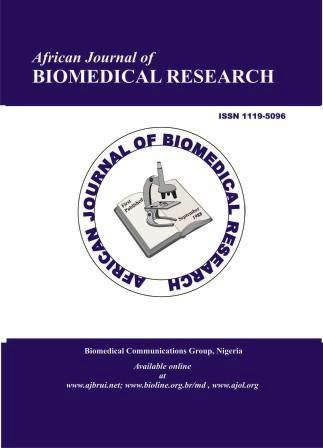Evolution of Real Estate Authorities in Crime Prevention: Setting the Stage for RERA
DOI:
https://doi.org/10.53555/AJBR.v27i1S.1321Keywords:
Residential real estate, Urbanization, Unregulated, Standardization, Buyers, Real Estate (Regulation and Development) Act 2016Abstract
It is noteworthy that the Indian Real Estate (RE) sector plays a crucial role in providing significant economic support to India's housing and infrastructure industries. It also spearheads the retail space expansion as well as residential RE structures attributed to a growing urban population and a resultant enhancement in households’ incomes. Though, this industry has not made significant progress in terms of professionalism, standards and get through with many problems related to consumer awareness along with absence of formality. Although, the overall compound growth rate has been rising in the recent years, the lack of spirited and specialised organizations has failed to provide the industry a structured and rational growth. Previous experiences in India and the examples of other countries have proved that independent sectors’ regulators like TRAI and SEBI really played a positive role and opener the markets. While the CPA of 1986 offered some measures that could be taken in the event of a consumer being defrauded as a RE purchaser the act did not address all the concerns commonly experienced by consumers and players in the RE market. To overcome these challenges, the Indian Parliament passed the RE Transaction Act Real Estate (Regulation and Development) Act, 2016 known as RERA. This research work aims at identifying how RERA 2016 plays a crucial role for curbing the cases of unethical behavior in the RE business. Closely related, this work adopts a doctrinal research approach with elements of analysis and deduction being at the core of legal scholarship throughout the course of this study, apart from the analyses and discussions of the regulatory changes and the impact of crime prevention within the sector.
Downloads
Published
Issue
Section
License
Copyright (c) 2024 African Journal of Biomedical Research

This work is licensed under a Creative Commons Attribution 4.0 International License.









